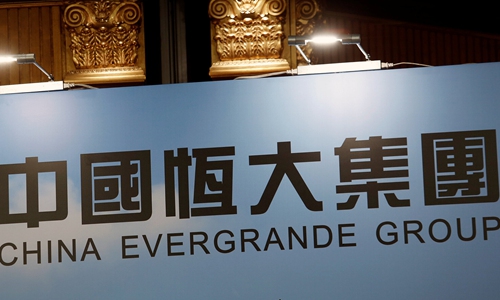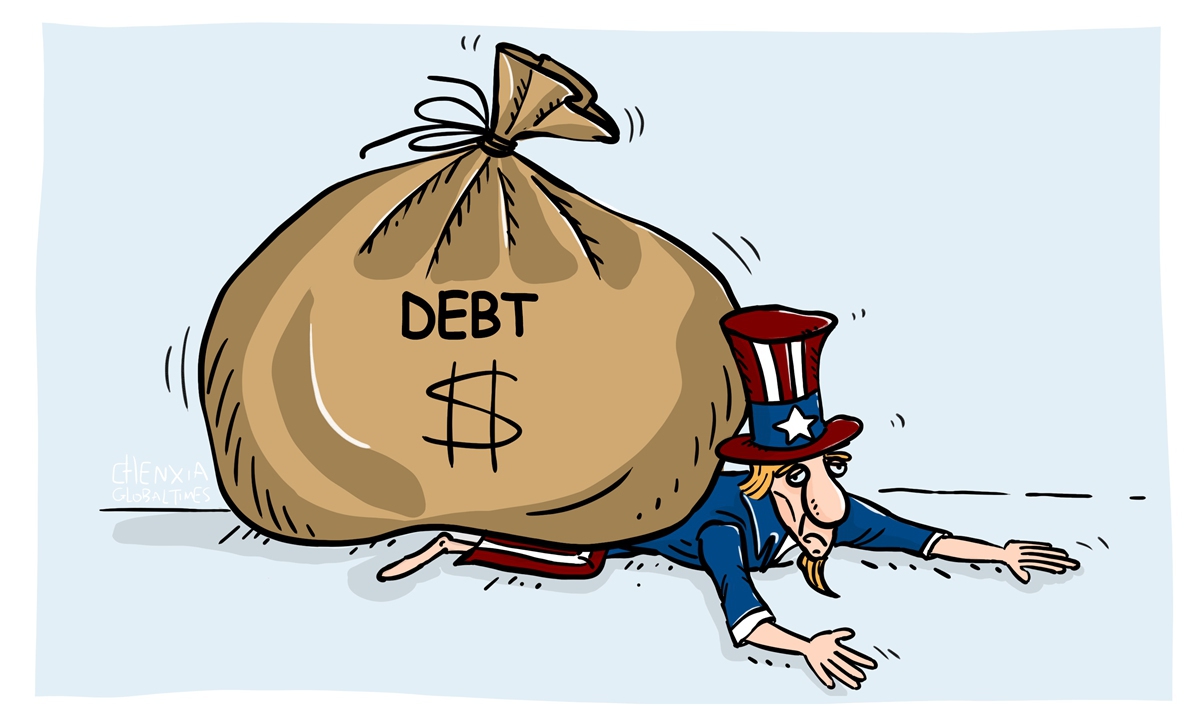Analysts say new government needs to quickly introduce measures to reduce the country’s liabilities
ASSUMING the government repays its debt by RM1mil a day, it would take Malaysia 2,979 years to pay off its debts.
Malaysia’s new Prime Minister Tun Dr Mahathir Mohamad revealed on May 21 that the country’s debt level has breached the RM1 trillion mark during his first address to civil servants.
The statement, which was nothing less than alarming, has since raised concerns among Malaysians on the country’s fiscal sustainability. Bursa Malaysia was hammered for four consecutive days, as investors frantically sold off their stakes.
The benchmark FBM KLCI saw the biggest year-to-date decline on May 23, tumbling by 40.78 points or 2.21% to 1,804.25 points.
Total gains made by the index this year were all wiped out in just four days following Dr Mahathir’s announcement.
The ringgit, which has weakened since early April, continues to decline as concerns on public debt loom.
Big impact: The benchmark FBM KLCI saw the biggest year-to-date decline on May 23, tumbling by 40.78 points or 2.21 to 1,804.25 points.
An economist tells StarBizWeek that Dr Mahathir’s public announcement on the high debt figure is “not helping”, as anxiety intensifies among Malaysians and in the market.
For context, Malaysia’s real gross domestic product (GDP), an indicator of the size of economy, was RM1.35 trillion as at end-2017 – close to the said RM1 trillion debt amount.
Meanwhile, the federal government’s revenue this year is projected at RM239.9bil as per Budget 2018.
Several critics, including Umno Youth deputy chief Khairul Azwan Harun, claim that Dr Mahathir’s statement on the federal government debt was exaggerated and far-fetched.
AmBank Group chief economist Anthony Dass says that although the current scenario shows some signs of similarities to the 1997/98 Asian Financial Crisis, he would not conclude that the current fiscal condition is somewhat similar to the downturn 20 years ago.
At a glance, the “RM1 trillion debt” remark stands in sharp contrast to Bank Negara’s debt tally of RM686.8bil as at end-2017, putting the federal government’s debt-to-GDP ratio at 50.8% – lower than the 55% self-imposed debt limit.
Dr Mahathir refutes this, saying that the national debt-to-GDP ratio has shot up to 65.4%. A day after his announcement, Finance Minister Lim Guan Eng put the ratio at 80.3% of GDP, or about RM1.09 trillion in debt as at end-2017.
Why is there such an obvious difference in the debt amount now that a new government is in place?
Here is where “creative accounting” comes into play.
The lower official debt figures released under the previous Barisan Nasional government had excluded the contingent liabilities and several other major “hidden” debts from the direct liabilities, which amounted to RM686.8bil as at end-2017.
Contingent liabilities, which were released separately prior to this, basically refer to government-guaranteed debt and do not appear on the country’s balance sheet. Examples of contingent liabilities are the loans under the National Higher Education Fund Corp (PTPTN) and certain debt of the controversial 1Malaysia Development Bhd (1MDB).
As at end-2017, Malaysia’s contingent liabilities stood at RM238bil.
Funding for several government mega-projects such as the mass rapid transit (MRT) projects was also categorised as contingent liabilities. The MRT lines were funded by DanaInfra Nasional Bhd, the government’s special funding vehicle for infrastructure projects.
DanaInfra raises money from the market through sukuk, which are, in turn, guaranteed by the government. The guaranteed amount is classified as a contingent liability.
In the event of less-than-expected revenue collection from the MRT lines moving forward, the government will have to intervene to repay the sukuk holders.
The current ruling government believes that RM199.1bil out of the RM238bil contingent liabilities deserves attention to ensure proper debt repayment.
The 1MDB alone comes with an estimated contingent liability of RM38bil.
 |
High figure: The 1MDB alone comes with an estimated contingent liability of RM38bil. — Reuters
|
On the remaining government guarantees, the Finance Ministry says they have been provided by “entities which are able to service their debts such as Khazanah Nasional Bhd,
Tenaga Nasional Bhd 
and MIDF”.
Apart from contingent liabilities, there are several major “hidden” debts, which do not fall under both direct liabilities and contingent liabilities.
An economist with a leading investment bank in Malaysia calls the debts “off-off-balance sheet” government debt.
These are the future commitments of the federal government to make lease payments for public-private partnership projects such as schools, roads and hospitals.
Examples of such debt would include the debt of Pembinaan PFI Sdn Bhd, a company owned by the Finance Ministry. Pembinaan PFI was established in 2006 under the previous Tun Abdullah Ahmad Badawi administration to source financing to undertake government construction projects.
According to its latest available financial statement for 2014, Pembinaan PFI held a total debt of RM28.75bil.
Interestingly, at end-2012, the company’s debt was the third highest among all government-owned entities, just behind Petronas (RM152bil) and Khazanah Nasional (RM69bil).
With no independently generated revenue, the interest payments on Pembinaan PFI’s debts would eventually come from the federal government’s coffers.
The Finance Ministry puts the debt under this third category at RM201.4bil.
All together, Malaysia’s debt and liabilities are said to amount to a total of RM1.09 trillion.
Actually, for those in the loop, the different debt categories and total liabilities are not something new.
Lawmakers from Pakatan Harapan, particularly current Bangi MP Ong Kian Ming, have alerted the authorities about the debt figures over that past few years.
Ong is also currently the special officer to the Finance Minister. The layman might ask, what was the former government’s relevance of classifying these debts into separate off-balance sheet items?
The motive is to make sure the national balance sheet looks healthy and lean.
Economists’ take
Many have questioned the new government’s move to lump contingent liabilities and debt obligations with the direct liabilities. It should be noted that as per the standard procedure of credit rating agencies, only the direct liabilities are taken into the calculation of the debt-to-GDP ratio.
In a StarBiz report this year, Moody’s Investors Service sovereign risk group assistant vice-president Anushka Shah said that by carving out certain expenditures off its budget, the government would be able to optimise its expenditure profile and minimise the associated impacts from its spending.
However, she pointed out that Malaysia’s federal government debt burden remains elevated at 51%, relatively higher than the median of other A-rated sovereign states at 41%.
On the country’s contingent liabilities, Anushka described them as “low-risk” at the current level, and added that the government has been prudent and careful in managing the guaranteed debts.
“We find that the government has adopted rigorous selection criteria when it grants the guarantees to the respective entities.
“The companies which have received guarantees from the government are relatively healthy and have strong balance sheet positions,” she said.
Ever since Dr Mahathir shocked the market with the “RM1 trillion debt” remark, the focus among Malaysians has largely centred on the nominal value of the debt.
A greater emphasis should instead be given on “debt sustainability”, which basically refers to the growth of debt against the growth of the economy.
Economists who spoke to StarBizWeek have mixed opinions on the level of seriousness of Malaysia’s public debt problem.
 |
Suhaimi: Malaysia’s debt has risen faster
than economic growth.
|
According to Maybank group chief economist Suhaimi Ilias, Malaysia’s debt has risen faster than economic growth over the last 10 years.
“In the past decade, officially published government debt and government-guaranteed debt have risen by 10% and 14.5% per annum, respectively, faster than the nominal GDP growth of 7% per annum, which raises valid sustainability risk.“On the government’s debt service costs relative to the operating expenditure, the ratio was 12.7% as at end-2017 and based on Budget 2018 is projected to rise to 13.2%. It has been rising steadily from 9.5% in 2012.
“There is a 15% cap on this under the administrative fiscal rule, while the 11th Malaysia Plan target is to lower the ratio to 9.8% in 2020. The government is looking at the debt issue from this sustainability perspective in our opinion,” he says.
 |
Lee: Malaysia’s rising public debt level
warrants close monitoring.
|
Meanwhile, Socio-Economic Research Centre (SERC) executive director Lee Heng Guie says that various indicators of debt burden suggest that Malaysia’s rising public debt level warrants close monitoring to contain the long-term risks of fiscal and debt sustainability.
“High levels of government debt over a sustained period will have economic and financial ramifications over the longer term. Rising public debt could crowd out private capital formation and, therefore, productivity growth.
“This occurs through the competition for domestic liquidity, higher interest rates, a shifting of resources away from the private sector or investment in low-impact projects. This situation is made worse if the government wastes borrowed money on unnecessary projects,” he tells StarBizWeek.
In contrast to Suhaimi and Lee, Alliance Bank Malaysia Bhd chief economist Manokaran Mottain points out that Malaysia’s debt sustainability scenario is yet to be a cause for concern.
 |
Manokaran: Debt sustainability scenario is
yet to be a cause for concern.
|
This is because debt repayments are made on an annual basis as opposed to a colossal one-off payment of RM1 trillion.
“Malaysia’s economic growth of above 5% is sufficient to cover government debt. As long as the economy is growing while the government is able to service the debt charges, it is not really that alarming.
“Even in the United States, the government debt-to-GDP level exceeds 100% at US$21 trillion against the real GDP of US$18.57 trillion,” he says.
Manokaran adds that while total government debt has risen over the years, Malaysia’s annual debt growth rate has been growing slower in recent years.
Deleveraging Malaysia
The government must now move fast to introduce measures to reduce and manage the country’s debt levels. This is highly crucial in assuring creditors and investors that the country’s fiscal health remains uncompromised.
Given the fact that the world is currently at the tail-end of the 10-year economic cycle, it is timely for the government to focus on its ability to fulfil its debt obligations.
In the event of an economic turmoil, a heavily-indebted country would be adversely affected.
Lim has emphasised the federal government’s commitment to honour all of the country’s debts.
“This new government puts the interest of the people first, and hence, it is necessary to bite the bullet now, work hard to solve our problems, rather than let it explode in our faces at a later date,” he said in a statement earlier.
Economists believe that the government must strictly embark on reforming the national expenditure in carrying out debt consolidation.
This includes cutting down on unnecessary expenditure, plugging leakages in the federal government’s finances and containing public-sector wage bills.
Lee has recommended an overhaul the current pension system, considering the unsustainable current trend.
“On revenue reform, the design of tax policy should be fair and equitable in order to be sustainable.
“The push for a wide and investment-friendly reform to boost potential growth should be expedited, as strong investment and economic growth has a huge effect on enhancing revenue growth and reducing public debt.
“On budget planning and development, an oversight body needs to be set up to ensure better fiscal rules, budgetary processes and closer fiscal monitoring to ensure fiscal discipline,” says Lee.
Manokaran says the new government should consider expenditure cuts through the privatisation and reformation of the numerous government-linked corporations, as well as the reduction in size and budget allocation of the Prime Minister’s Office.
On the national mega-infrastructure projects, Manokaran and Suhaimi say that the renegotiation and review of such projects will be vital in managing future debt growth.
Time will tell whether the government can live up to its promise of reducing the public debt dilemma. Pakatan must now balance its “populist” electoral promises and stellar fiscal management policies.
As for now, the government deserves to be complimented for calling a spade a spade, acknowledging the problem at hand.
By
ganeshwaran kana The Star







 According to Bank Negara’s Financial Stability Review report for the first half of 2021, Malaysia’s household debt to GDP has declined to 89.6% from 93.2% as at end of last year. Although a small achievement,the household debt level remains elevated.
According to Bank Negara’s Financial Stability Review report for the first half of 2021, Malaysia’s household debt to GDP has declined to 89.6% from 93.2% as at end of last year. Although a small achievement,the household debt level remains elevated.



















